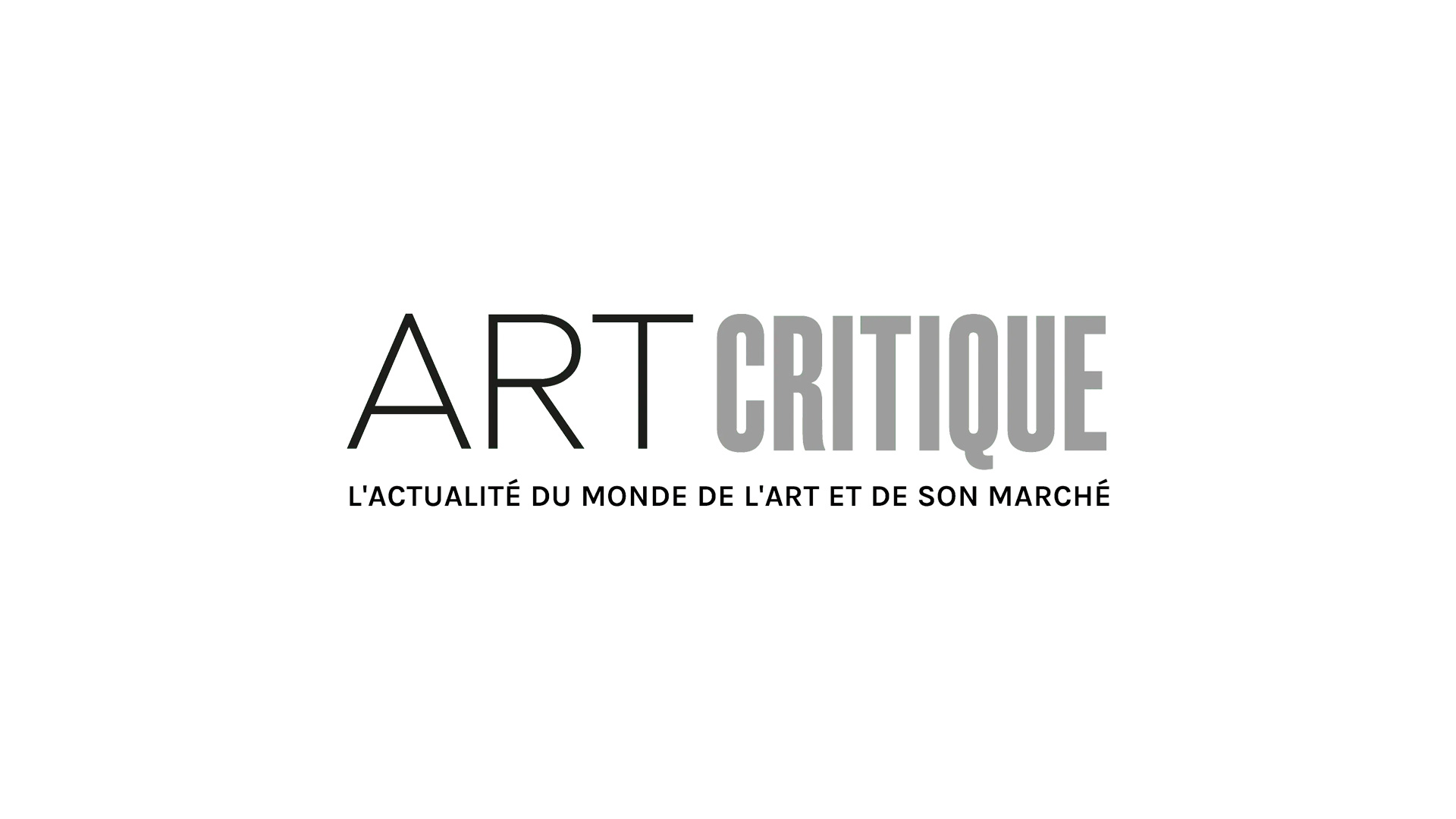The view of salaries as a taboo subject in the art world may be a thing of the past, thanks to several brave keyboards. Since the end of May, employees in art organizations have continued to anonymously disclose their salaries in a google spreadsheet that aims to provide transparency for the benefit of all museum workers. As of the publication of this article, there are over 2,500 entries from cultural institutions across the world.
The spreadsheet not only tracks the locations and specific institutions but also starting and current salaries. Other employment criteria, such as years of experience, gender, and benefits, have also clarified additional components of compensation through this enlightening resource. According to the New York-based art publication Hyperallergic, Michelle Millar Fisher, an Assistant Curator at the Philadelphia Museum of Art, initiated this crowd-sourced spreadsheet. She was motivated by the efforts of similar organizations – such as POWart, whose mission is to be “the first comprehensive salary survey focused exclusively on the visual arts, spanning the for-profit and nonprofit sectors.”
What is it that drives low museum and gallery salaries, and how can we use this google document to effect change? Art museums are heavily reliant on the private sector for financial support. Government funding for cultural institutions in the United States continues to decline, forcing museums to look elsewhere for funding. While museums are struggling for capital, this dilemma does not explain or justify the pay gap between leadership and other skilled employees working in art organizations.
Art museums have downsized their staff and increasingly outsource jobs that were performed in-house. While contractors charge significantly more than their former staff would, this expediency relieves institutions from the burden of paying annual salaries or providing benefits. Grant or patron-funded temporary positions or fellowships are now standard tools that museums use to populate their workforce. These positions are framed as prestigious but offer the less-than-certain prospect for future employment.
Securing a position in art museums is exceptionally competitive. There are a plethora of highly educated applicants with graduate degrees in fine art, museum studies, and art history; these job-hopefuls seek employment in one of the few institutions outside of academia that offer it. Many museum workers are often fearful of negotiating salaries. They are concerned about losing a job offer to another applicant with similar credentials, but who is willing to take less due to mounting student loan pressure and the scarcity of jobs. When bringing on new staff, museums will often refer to the lowest salaries of employees working there to lower salary expectations: because they are underpaid for their skill set, the potential candidate needs to be satisfied with less as well.
The growing spreadsheet highlights not only the pay gap between jobs but also the inconsistency in the compensation received for the same job. There are over 135 entries for Assistant/Associate Curator positions with salaries ranging from $27,000 to $90,000. The highest paid employees often work as directors or senior development officers. According to a 2017 survey conducted by the Association of Museum Directors, the average salary of a director was $233,398, while that of a Deputy Director was $142,994.
Low wages in rapidly growing cities that have not come to terms with rising cost-of-living have forced my colleagues to find second jobs on the weekends or creating side-hustles to make ends meet. “I’ve been an adjunct, a nanny, a cook – and lots of other things to support myself,” Fisher explained to Hyperallergic. “All of us in the arts have had to take other jobs, and that will likely always be the case.”
Just a few years ago, finding standards for museum salaries was an impossible task and colleagues were unwilling to discuss salaries with each other; now, potential and current employees can use this information to make informed steps during negotiations. Sharing compensation and benefits is a monumental step in the right direction. This document has created a united front of frustrated employees working in the art sector. If you are an employee working in the art sector, you can anonymously contribute your information to this growing spreadsheet.





